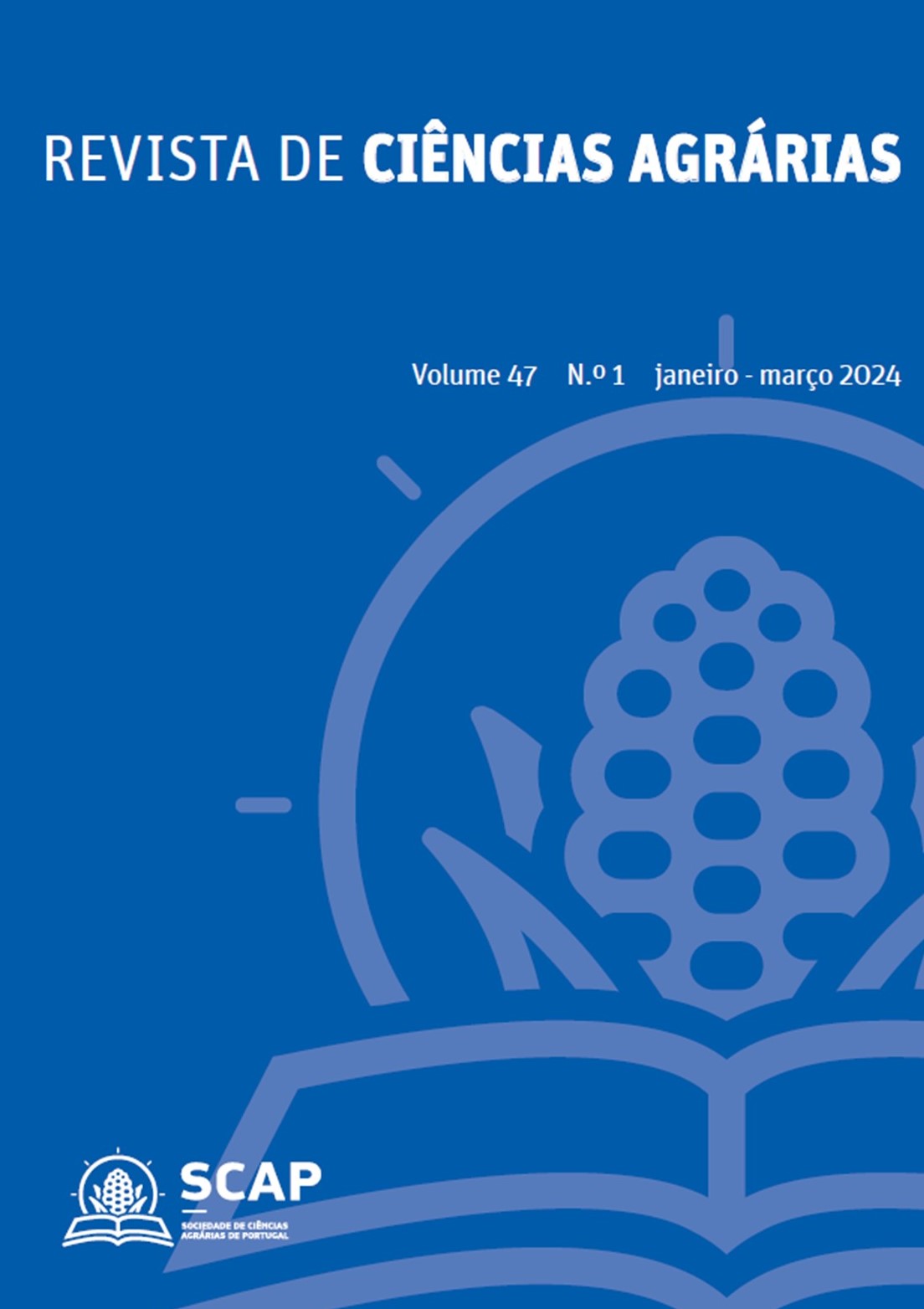Cover crops effect on floristic community and yield of maize
DOI:
https://doi.org/10.19084/rca.34855Abstract
Innovative methods of weed management, such as cover crops, are becoming increasingly necessary. However, despite the objectives set out in the European Green Deal, their adoption by farmers has been gradual, regardless of the advantages they offer in terms of maintaining soil organic matter, preventing erosion and, in particular, reducing the abundance and biomass of weeds. In order to assess the impact of mixtures of Poaceae and Fabaceae as cover crops on the structure of the floristic community of the maize crop, a trial was set up in Ribatejo region comparing the use of cover crops with soil tillage and a control as reference. During the autumn-winter period, the biomass of the cover crop was assessed on five periodic dates accompanied by observations using satellite images. The NDVI (Normalised Difference Vegetation Index) and the amount of biomass were used to assess the effects of cover crops on the floristic community. In spring, the effect of these cultural methods on the abundance and frequency of weeds and on maize productivity was assessed. By the middle of the crop cycle, the NDVI values made it possible to detect significant differences between treatments. At 1.5 months from harvest these differences were not significant, which can be attributed to the development of the crop, which attenuates the effect of weed competition. Cover crops could provide a new opportunity for farmers to increase the sustainability of cropping systems, reducing dependence on herbicides and improving soil quality.


